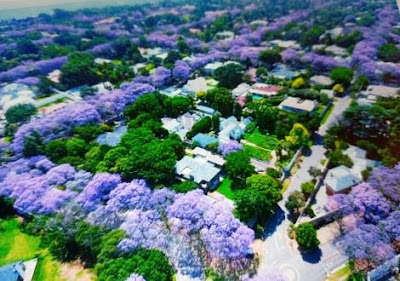Take a stroll beneath the majestic Eucalyptus [kafour in Arabic] and inhale deeply. You will feel your lungs opening up. A deep connection to your body with this breath will energize your whole being giving a sense of vitality and balance. This response is activated by the powerful aromatic oils found in the glands of the leaves of the tree.
Over the centuries these beneficial oils have been used in curing many respiratory problems. They are one of the main ingredients in cough medicines and ointments.
It is also thought to clear our spaces from airborne germs and bacteria; whilst planting the trees near canals and rivers allows the long roots to help filter pollutants in the water.
In Australia, the homeland of the tree where over 600 species abound, the Aboriginals are known to use it as antibacterial and anti-malarial cure to this day. The adorable Koala bear that is unique to this country feeds mainly on the young shoots of the tree. It has evolved to digest the nutrients in the nourishing leaves that can be toxic to other animals who do not have these intestinal properties.
In Egypt, we have several varieties growing by the Nile and the many canals throughout the governorates, providing shade and cleaning the air and water from pollutants. You can still see them by the side of the Giza Zoo walls. The canopy attracts flocks of Cattle Egret [Abu Erdan] coming back at sunset after helping the farmer by eating the worms in the fields. Their white feathers contrast with the dark leaves making it look very decorative. In Maadi, Eucalyptus used to line the Khashab canal where their drooping branches reflected in the water, making it a romantic background to several Arabic movies filmed there in the 1960s. They still stand over 100 years old in a now grassy median since the canal dried up. On holidays, families and friends can be seen strolling there under the shade of the eucalyptus. enjoying the fresh aroma emitted by the leaves.The Eucalyptus can reach 100 meters in height, with thick dark or white shedding barks that can be 2 meters in diameter. The leaves are bluish grey with a waxy surface covering. The flowers vary from white yellow or pale pink. Bees feeding on their nectar make some of the highest quality honey like Manuka. Aromatherapy experts use the essential oil of the tree for powerful infusions and scents for deep relaxation and healing. The bark also provides sturdy and valuable source for lumber as well as tannins.
Stand beneath this lofty tree to be uplifted and cleansed with its magical energy.
"I think that I shall never see
A poem lovely as a tree.
..
A tree that looks at God all day,
And lifts her leafy arms to pray;
..
Poems are made by fools like me,
But only God can make a tree."
Excerpt from Tree, a poem by Joyce Kilmer
Contributed by Samia Zeitoun of The Tree Lovers Association




















